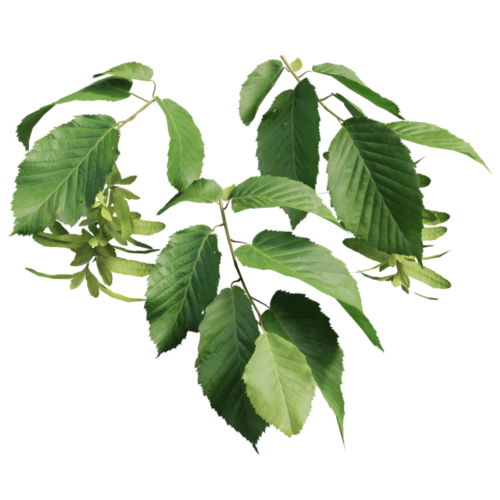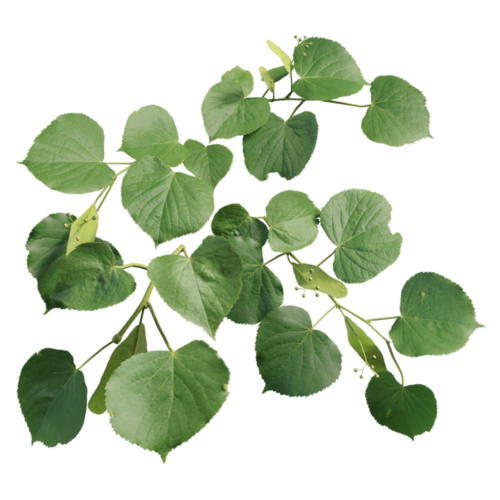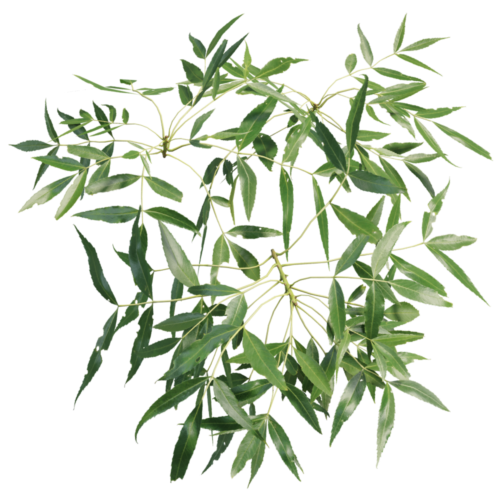
Unraveling the mysteries of how real trees grow
The Grove unites nature with computer graphics — it lets you grow trees for use in your 3D visuals, art, and film projects.
Catching up with 200 million years of evolution, The Grove is relentlessly unraveling the mysteries of how real trees grow. Constantly researching, ever improving, and always staying true to nature.
The result is a unique simulation, surrounded by a bunch of fun tools in the rock-solid Blender add-on. With tools like prune, draw, react and bend, you can take an active role in directing the growth of your trees, but for the most part, just let nature take its course and watch your trees grow year by year.
The simulation captures the character of all kinds of trees. Begin with a preset, such as ash, birch, pine or maple. The natural parameters will guide the growth of every branch, from trunk to twig, and even the slightest change will resonate throughout the tree’s spreading branches. Grow everything from a slender pine to a wide-spreading oak, all the way down to a weeping willow.
Bring your trees to life – add wind, animate growth, or create even more advanced physics simulations using the new Houdini add-on. Immerse yourself in The Grove to experience the most natural and fun way of growing trees in 3D!

Grow, bend, flow and drop
Simulate nature
Mimic the character of all kinds of trees, with intuitive parameters taken straight from the woods. Let nature grow wild!
As trees grow up, toward the sky, they compete with their neighbors that take away light. But the biggest competition is the very tree itself, where new leaves above shade the old underneath.
Favor bright over dark, and rising over dangling. Grow free to the sides, or first grow in length.
Branches evolve and grow to the light. But when it gets crowded and they end up in shade, branches will wither and drop to the ground.
Spreading branches will bend over time – the increase in weight keeps pulling them down. The tree reacts by growing back up – an interplay of forces that will shape your tree.
Start your tree from a range of presets capturing a wild diversity of tree forms. Thousands of species are just a few tweaks away.
I’ll see your drawing and raise you a tree! Freely draw a curvy branch, or loosely sketch to fill a gap.
Grab the tree with both your hands and bend it into a pleasing curve. Just like in the art of bonsai, but here it is for full-grown trees, impossibly flexible and so much fun!
Dive in with the pruning tool! Remove the branches that block the view, create space and air, and neat contours.
Set up an environment to attract, deflect, or stop new branches as they grow. Avoid a building, or let it cast shade. Or get creative and grow inside a shape!
Bring your trees to life with mesmerizing wind, that fluently flows to Alembic, and loops from the end.
The way of growing year-by-year is a fascinating timelapse just waiting to be captured. Record it to see trees like never before – turning decades into seconds, it will forever change your view.
Build high quality models that are lightweight to render. The Grove offers adaptive polygon reduction and a unique system of twigs, with minimal impact on both memory and disk.
Go all out! Add ridiculous detail, with intricate flowers and berries and leaves… Reduce twigs in the viewport for optimal speed.
Enrich your tree models with attribute layers pulled directly from the simulation. Use real data such as vigor, shade, pitch and age to drive materials, modify geometry and distribute twigs.
Unleash the deer to clear the base of your trees. Let auto prune take care of the tedious work, to make way for pedestrians and traffic to pass.
Plant your trees neatly in rings or in rows, or sprinkle them around in islands or clumps. Trees grow together, each will find its space, and over the years they will form a well-balanced whole.
A tree rarely stands alone. Trees can be friends, but they also compete. They take away wind just as well as the light. Competition can be fierce, and it will leave its mark. Trees will grow more sparse and tall, while lower branches will wither and fall.
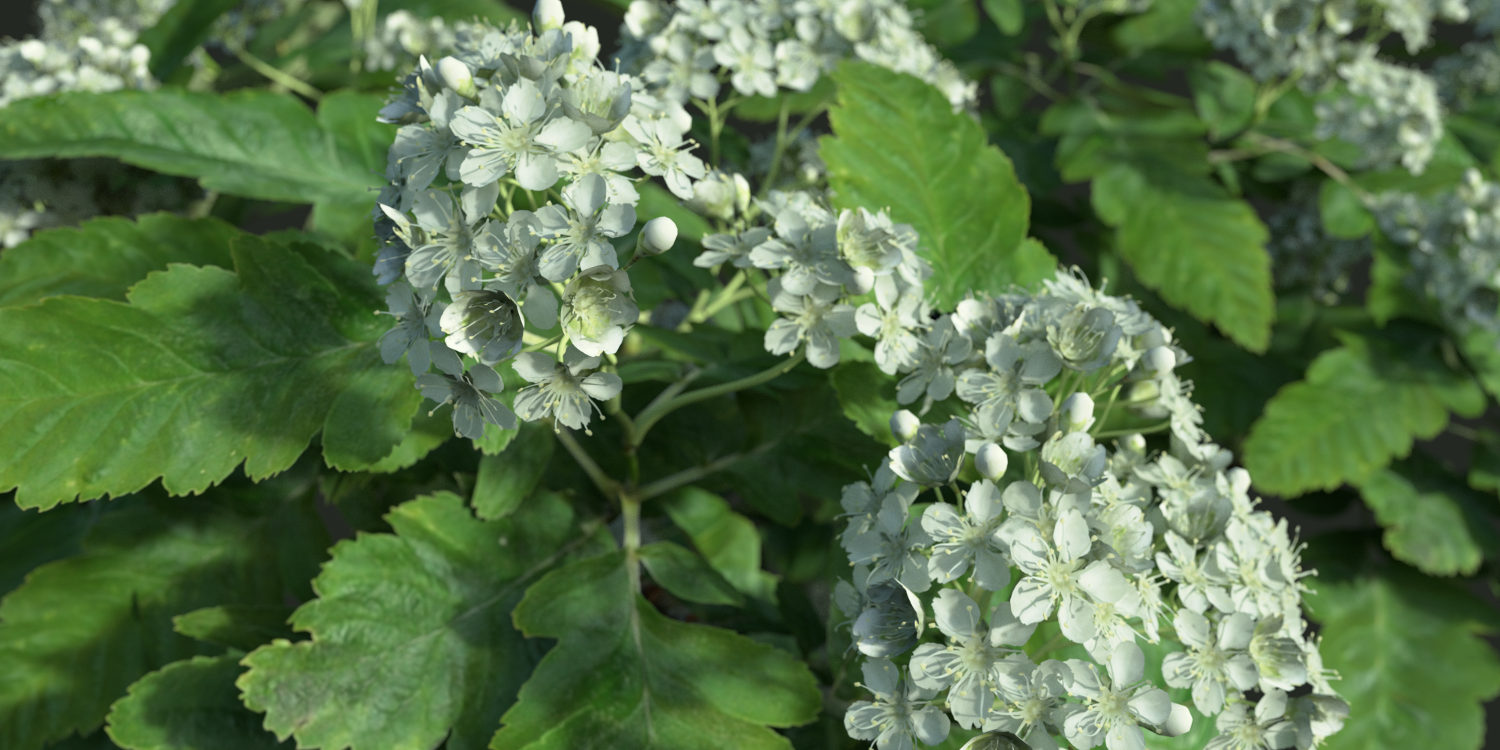
Twigs
Low memory, high detail
Feel free to add as much detail as you want. You can now build lightweight models without compromise. Most of the detail is in the youngest growth of a tree – in the countless leaves, flowers and fruits – and this is where twigs take over.
Twigs are small branches that use regular 3D geometry to represent all of these details. You can model them to any level of detail, or purchase The Grove’s handmade twigs to get stunning results quickly.
Twigs attach fluently to branch ends and alongside your tree’s branches. Side twigs rotate around the branch with the golden angle and they face the sky, just like in nature.
With just a few twig models in memory, you can create more variations of trees to fill up your scene. The low impact on memory (and disk space) makes the trees ideal for GPU rendering. Lastly, the Grove’s unique twig system not only works great in Blender, it also translates well to your favorite 3D software.
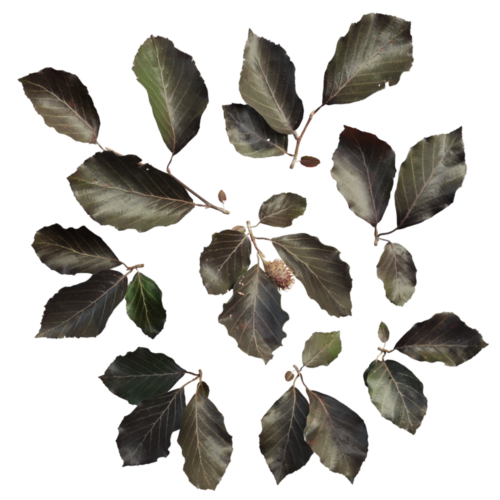
Purple beech
Fagus sylvatica ‘Purpurea’ – purple beeches are used to steel the show. They are planted as solitary trees in big parks or stately gardens.
Most trees are green, but many also have purple red variants. Examples are plum, maple, beech and the very popular red Japanese maple. Most of these genetic variations are quite rare in nature, but people love rare things and so we started propagating these trees. A single purple beech tree that was found in Germany over 300 years ago is believed to be the ancestor of the majority of trees now planted in parks and gardens.
The Grove 3D tree growing software
Blender Bazaar may earn a % of the revenue of this product
